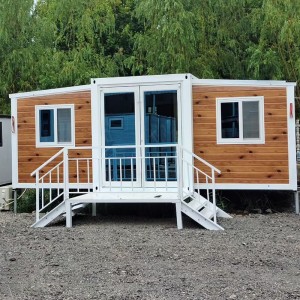Linyi Fast Installment Prefabricated Houses With Bathroom Kitchen 20ft 40FT Foldable Container House For Sale
The structure of a container house typically involves stacking or arranging several containers to create a multi-room residence. The containers' steel frame provides a robust and durable foundation, while interior modifications such as insulation, partition walls, and windows transform the utilitarian shell into a comfortable home. Many container houses feature open-plan designs and large glass windows to maximize natural light and create a spacious feel despite the compact size of individual containers.


Container houses are celebrated for their environmental benefits. Repurposing shipping containers reduces waste and the need for new building materials, contributing to a lower carbon footprint. Additionally, their modular construction allows for efficient use of resources and energy. Many container homes incorporate sustainable practices, such as rainwater harvesting, solar panels, and green roofs, further enhancing their eco-friendliness.
Economically, container houses can be more affordable than traditional homes due to the lower cost of the containers themselves and the speed of construction. However, the final cost can vary depending on the level of customization, interior fittings, and location.
In summary, container houses represent a modern, eco-conscious approach to housing, combining durability, flexibility, and sustainability. Their unique aesthetic and functional benefits make them an appealing choice for those seeking innovative living solutions.













